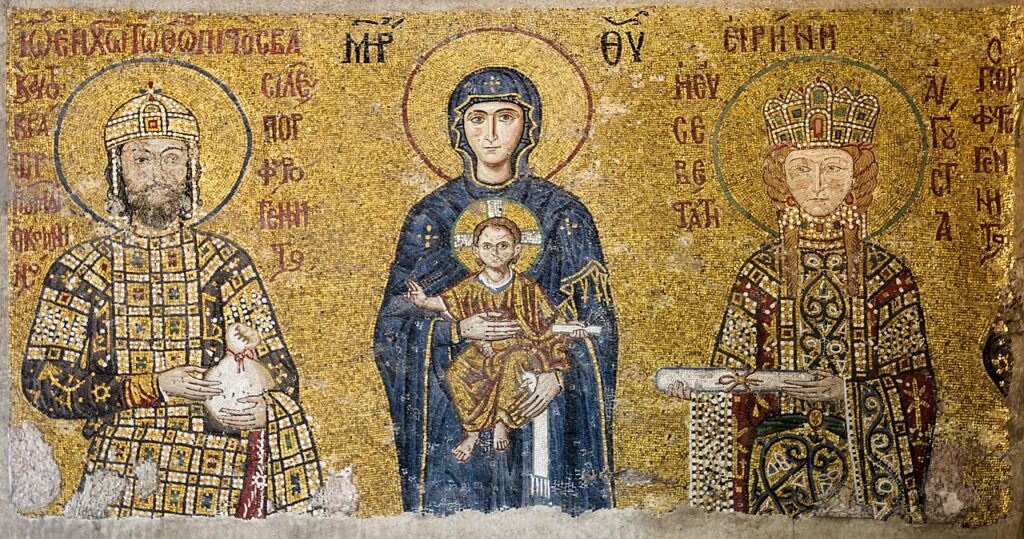
Cultural and Artistic Exchange
The Byzantine Empire, known for its rich cultural and artistic heritage, significantly influenced medieval Europe. Byzantine art, characterized by its use of mosaics, icons, and intricate designs, inspired European artists and craftsmen. The use of gold backgrounds, religious iconography, and elaborate decoration in Byzantine art was adopted and adapted by medieval European artists, leading to the development of new artistic styles and techniques.
Political and Diplomatic Relations
The Byzantine Empire maintained complex political and diplomatic relations with medieval European states. Byzantine diplomacy involved alliances, marriages, and treaties with European kingdoms, contributing to the exchange of political ideas and practices. The administrative and legal systems of the Byzantine Empire, including the codification of Roman law, influenced European governance and legal traditions, contributing to the development of medieval European law.
Economic and Technological Impact
The economic and technological advancements of the Byzantine Empire also had a significant impact on medieval Europe. Byzantine merchants facilitated trade between Europe and the Middle East, introducing luxury goods, spices, and textiles to European markets. Technological innovations, such as the use of Greek fire and advanced shipbuilding techniques, were adopted by European states, enhancing their military and commercial capabilities.
Conclusion
The influence of the Byzantine Empire on medieval Europe was multifaceted, encompassing cultural, political, and economic aspects. The legacy of Byzantine art, diplomacy, and technological innovations left a lasting impact on the development of medieval European civilization.